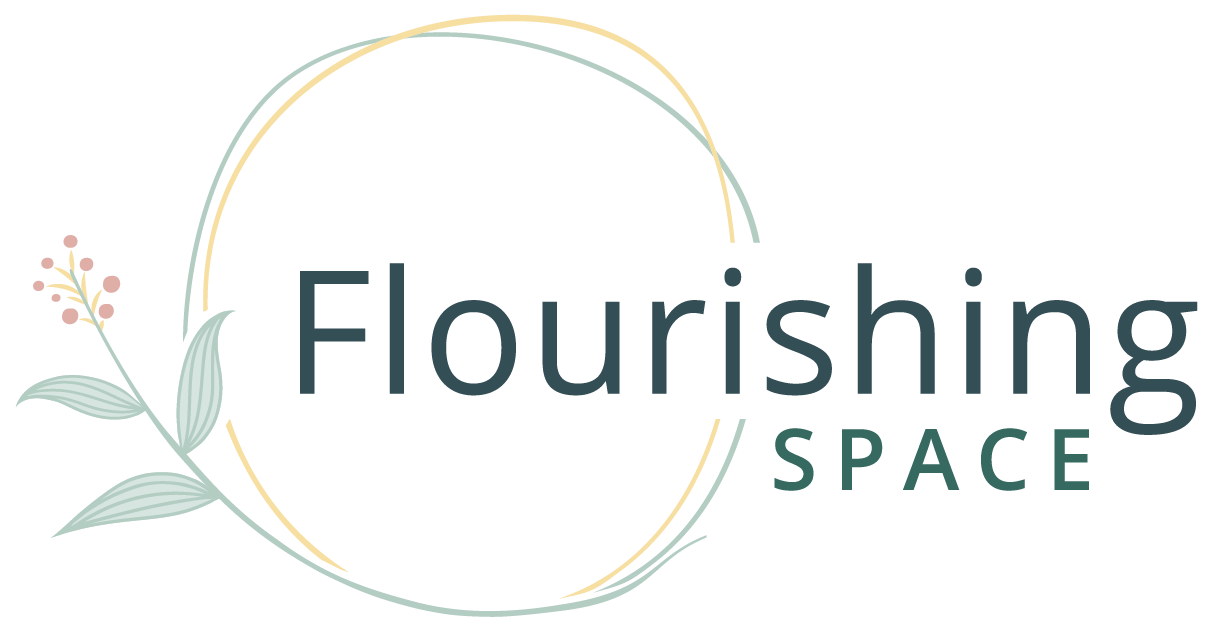Why Compassion Matters
Compassion & Creative Practice for Helping Professionals
If you're in the business of helping others, whether you're a health professional, therapist, teacher, or leader, you are probably familiar with feelings of depletion. You give so much to others, often leaving little space and energy for yourself.
Like so many of us, you may also be intimately familiar with the voice of the inner critic, that part of you that says you're “not doing enough” or “not good enough” despite all you do for others.
Compassion-focused approaches can offer us a helpful way through this. They teach us to harness compassion, not only towards others but, importantly, towards ourselves.
Paul Gilbert, the creator of compassion-focused therapy, tells us how compassion can help us calm our nervous systems and guide us toward restoration.
And the best part? A compassion-focused approach can also help us reclaim our capacity for joy, playfulness and creativity.
Why Compassion Matters, Especially in the Helping Professions
Paul Gilbert identified three emotional systems:
The Threat System alerts us to danger (and, especially when over-activated, fuels anxiety, shame, and self-criticism)
The Drive System motivates us to achieve goals and succeed
The Soothing System helps us feel calm, safe, and connected to others
In modern life, we tend to be good at spotting problems (threat) and pursuing goals (drive), but we've often lost touch with how to genuinely rest and restore ourselves (soothing). This imbalance can leave us depleted and exhausted.
Compassion-focused therapy works by strengthening the underused soothing system, which can then help balance the other two systems.
As helping professionals, we often get stuck between threat detection and goal pursuit. This is for multiple reasons, including the demanding nature of roles and systemic pressures. Developing compassion can provide the missing piece needed for restoration and well-being.
Self-Compassion as a Practice
Paul Gilbert reminds us that compassion isn’t about being “nice.” It’s about developing courageous inner warmth. This is a stance of strength, wisdom, and kindness, especially when we’re struggling or facing difficulties in our lives.
For us in the caring professions, this might mean:
Speaking kindly to ourselves, with the same care we offer our clients, patients, colleagues, students, family and friends.
Taking regular mindful pauses, especially when the day’s demands feel overwhelming.
Gently soothing ourselves when we experience the pain of self-criticism.
These practices aren’t easy; they take effort and attention. But they can help regulate our nervous systems, shift us out of survival mode and an overactivated threat system, and allow us to show up more fully for ourselves and others.
Compassion and the Creative Life
Creative practice, whether it’s painting, writing, sculpting, knitting, dancing, or singing, can be deeply transformative, so long as the inner critic doesn’t hijack the process.
If you have tried to reconnect with your creativity, how many times have you sat down to write or draw, only to hear that familiar message:
“This isn’t good enough. You’re wasting your time.”
These types of self-critical messages typically come from your threat system. It’s trying to protect you from shame or failure, but in doing so, it’s shutting down your creativity. The answer isn’t to push through or silence the critic with brute force. It’s to meet it with compassion.
Try this:
Before creating, take a few slow, grounding breaths.
Bring to mind your “compassionate self”: wise, kind, strong, caring and calm. Let this self guide your creative session and support you to explore and experiment.
If self-criticism shows up, acknowledge it (“Ah, hello again”), and gently return to your compassionate stance. For example, you could say something like this to yourself, “It’s hard to start something new. Many people find it difficult. May I be kind to myself.”
These types of practices can guide us through and help us sit with the discomfort of creating something new (and feeling worried or critical about how it will turn out).
The goal is not to produce perfect art, but to stay in relationship with ourselves, especially when vulnerability arises. It can be hard to return to creative practices. Compassion can help us and allow us to be nurturing towards ourselves, providing a safe space for us to be creative and playful.
A Compassionate Culture Starts With Us
As helping professionals, leaders and creative beings, we often carry the invisible load of being “the strong one,” the “inspired one,” or the “wise helper.” But we are also human. And in a world that rewards output over presence, speed over depth, and perfection over authenticity, it’s radical to lead with compassion and creativity.
By tending to our inner worlds with care, we not only model a different way of being but we also cultivate the inner safety needed for real change, connection, and for our creativity to flourish.
Final Thoughts
The compassionate mind isn’t a destination. It’s a daily invitation to slow down, speak to ourselves more kindly, and honour the courage it takes to care and create.
So the next time your inner critic pipes up, try this simple response:
“I see you. I know you're trying to protect me. Right now, I’m choosing compassion.”
Your nervous system and your creative self will thank you.
Does compassion help you in your creative practices? I'd love to hear about it. You can connect with me on Instagram @the_flourishing_space or LinkedIn.
Or if you're interested in learning more about how I can support you to tap into your creativity and playfulness, please click the link below:

